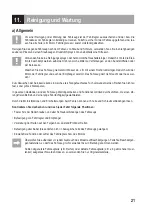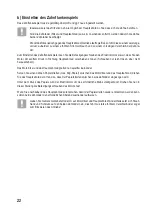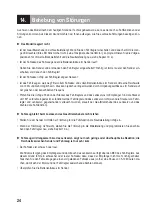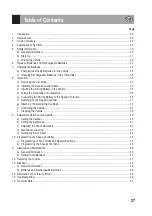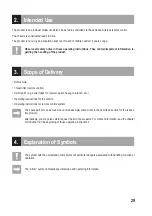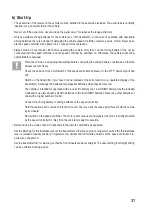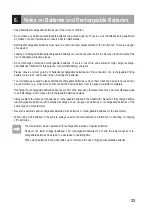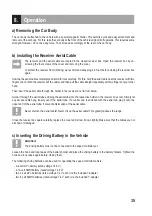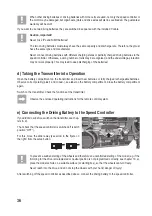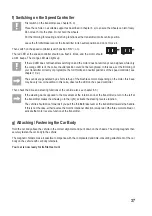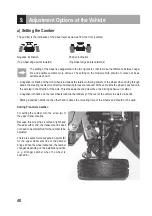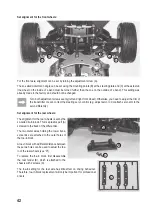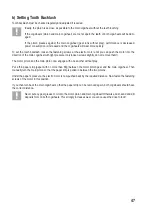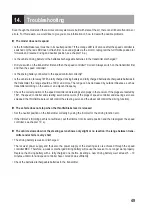
34
7. Charging the Batteries
a) Charging the Driving Batteries for the Vehicle
• The vehicle may be operated with different battery types.
- a 4-cell LiPo battery (rated voltage 14.8 V)
- a 12-cell NiMH battery (rated voltage 14.4 V)
- two 2-cell LiPo batteries (rated voltage 7.4 V each) via the included Y-adapter
- two 6-cell NiMH batteries (rated voltage 7.2 V each) via the included Y-adapter
• The model is delivered without any driving batteries. They must be purchased separately. You can chose whether
you want to use low-cost battery packs for beginners or high-quality professional battery packs with a high capacity.
• The driving batteries are delivered uncharged and must be charged.
• Before the rechargeable driving battery delivers its maximum power, several complete discharge and charge cycles
are necessary.
• High-quality rechargeable driving batteries not only have a higher capacity, which allows you to drive your model car
much longer, but also deliver a higher output voltage for extreme situations. This gives the engine more power and
results in better acceleration and higher speed.
• Use a high-quality charger for charging the driving batteries. A charger with a balancer must be used for charging a
LiPo battery, since different cell voltages may cause damage to the LiPo battery (deep discharge or overload).
• Rechargeable batteries heat up when charged or discharged (driving the vehicle). Wait until the rechargeable bat-
teries have reached room temperature before charging them. The same applies after the charging procedure. Do
not use the rechargeable battery in the vehicle until it has cooled down completely after the charge process.
b) Charging Rechargeable Batteries in the Transmitter
It is possible that the provided transmitter does not have a charging socket. In this case, remove the
inserted batteries and charge them externally.
If your transmitter has a charging socket, check whether there are actually rechargeable batteries inserted
in the transmitter before connecting the charger. When charging normal (non-rechargeable) batteries,
there is a risk of fire and explosion!
• We do not recommend charging batteries directly in the transmitter, it is better to charge them outside the transmitter
(using a high-quality charger for individual cells).
• Rechargeable batteries in the transmitter must not be quick-charged as this damages the transmitter and heats up
the cells in the transmitter excessively. Depending on the batteries used, we recommend a maximum charging
current of 200-300 mA. Please note the label on the charging socket or the type plate of the transmitter.
• Only use a charger designed for the respective number of cells in the transmitter and the corresponding recharge-
able battery type.
Summary of Contents for 1:8 EP Subaru Brushless 4WD RtR
Page 102: ...102 ...
Page 103: ...103 ...


